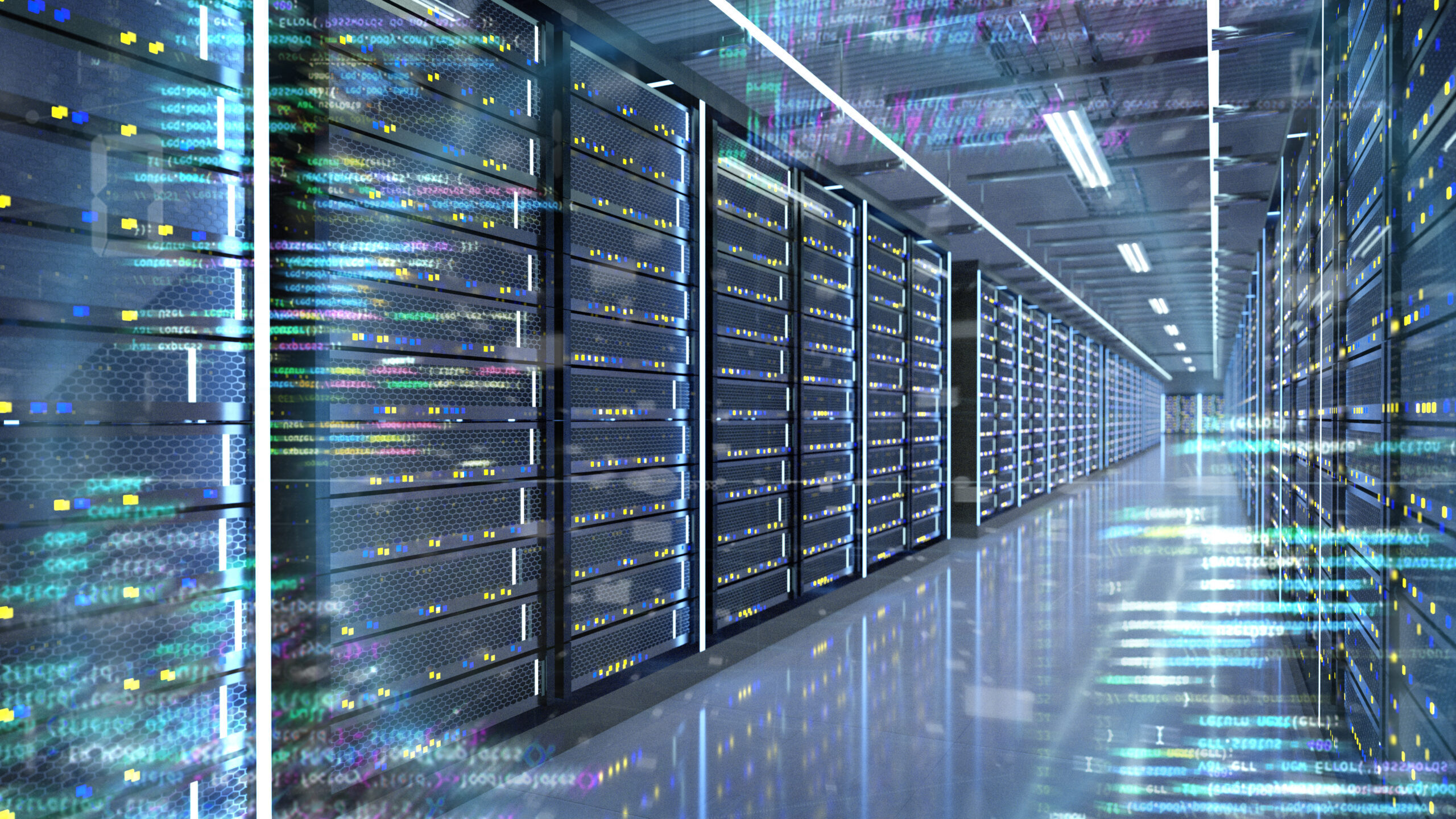The modern business relies heavily on classified information, which must be properly protected, managed, governed, and used in order for the company to be profitable.
The confidentiality, integrity, and accessibility of the data under its management are all guaranteed by a data center with good design in terms of security.
Because of this, it’s critical to keep abreast of changing trends and hazards in data center security. This article explores the key novel security developments that could have an influence in 2023.
Traditional data center security measures are circumvented by attackers
We can expect to see cyber criminals target endpoint detection and response (EDR) and multi-factor authentication (MFA), two established components of the cybersecurity toolkit.
To protect their property, data center security administrators will need to put in more effort and take more initiative. In a world where sophisticated attackers are increasingly able to predict and get past traditional security restrictions, checking off the boxes of fundamental security best practices, like applying MFA, won’t be sufficient.
Data recovery of data centers – restoring access when it has been lost
Digital information and content may be impacted by power blackout, ransomware, and corrupted data. In addition to other security issues, the adoption of remote working has increased the likelihood of data loss.
Information will almost certainly be encrypted during malware attacks, much like it is with ransomware. It shows that even while securing data is important, a backup plan needs to be in place in case it is compromised or becomes corrupted.
Data center security also involves preventing unauthorized access to crucial and sensitive information and restoring access when it has been lost. Customers put their trust in businesses to protect their content or, if necessary, offer a workable backup solution.
Heavily solicitated cybersecurity workers
Teams working in cybersecurity are overworked and are more prone to burnout. They frequently have insufficient staff.
Although these facts do not raise any particular cybersecurity dangers, they do make handling data center security issues more difficult. They might also encourage more businesses to move more workloads to the cloud, where managing an organization’s attack surface is often easier.
Physical risks to data center architecture
The problems caused by attacks on operational technologies inside data centers have gotten worse. The perpetrators may damage HVAC systems, power supply, and other crucial resources in order to interfere with data center operations when they are unable to access servers or applications by digital methods.
As a result, in 2023 and beyond, businesses will need to make strategic investments in systems like security cameras and access control readers that assist safeguard operational technology.
Compliance challenges
Compliance requirements don’t directly represent a security risk, but they are close by because compliance frameworks frequently enforce strict cybersecurity regulations on enterprises.
The complexity of compliance laws keeps increasing. Recent years have seen the launch of new compliance frameworks like CPRA and the renovation of older standards like PCI DSS.
This means that it’s crucial for companies that manage data centers to stay on top of evolving compliance regulations as well as to deploy the expertise required to interpret those regulations and translate them into security protocols that can be applied inside the network infrastructure in the coming year.
Safeguarding your business, a top priority
If businesses do not spend the time and money necessary to safeguard their servers and facilities, cybersecurity will only become a zero-sum game. Team members must maintain constant vigilance and observe strict data center security protocols. Although it won’t completely solve all problems, it is an essential component of operating and maintaining technology infrastructure of your business.

